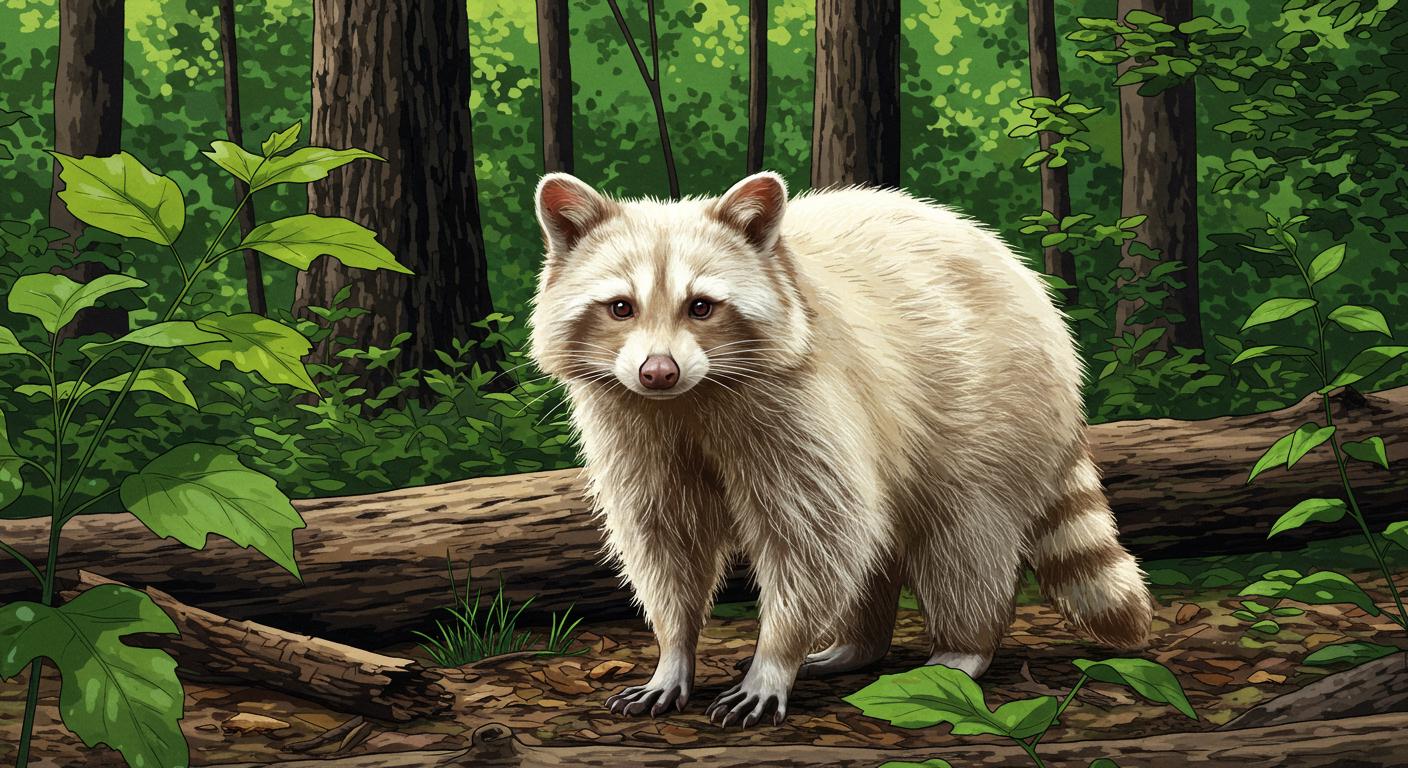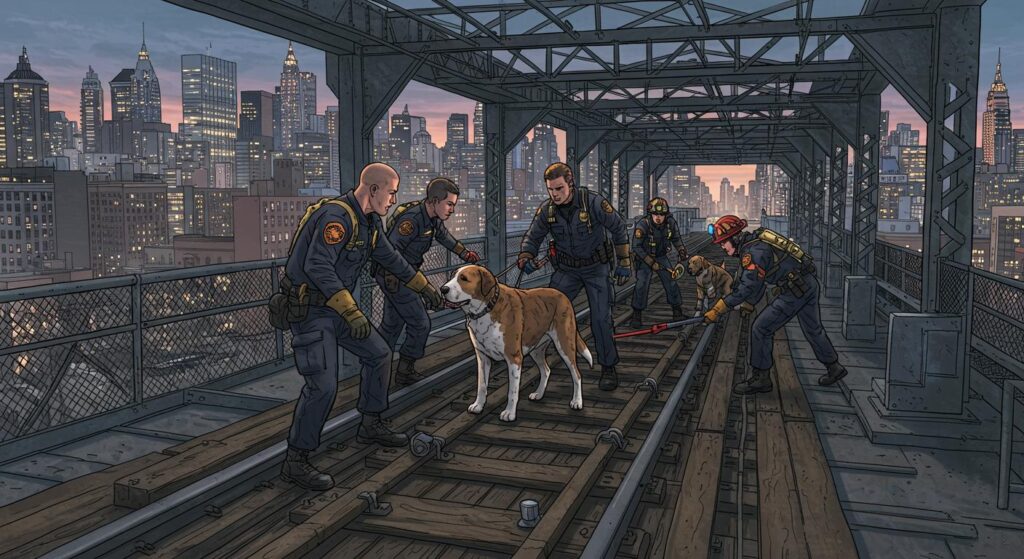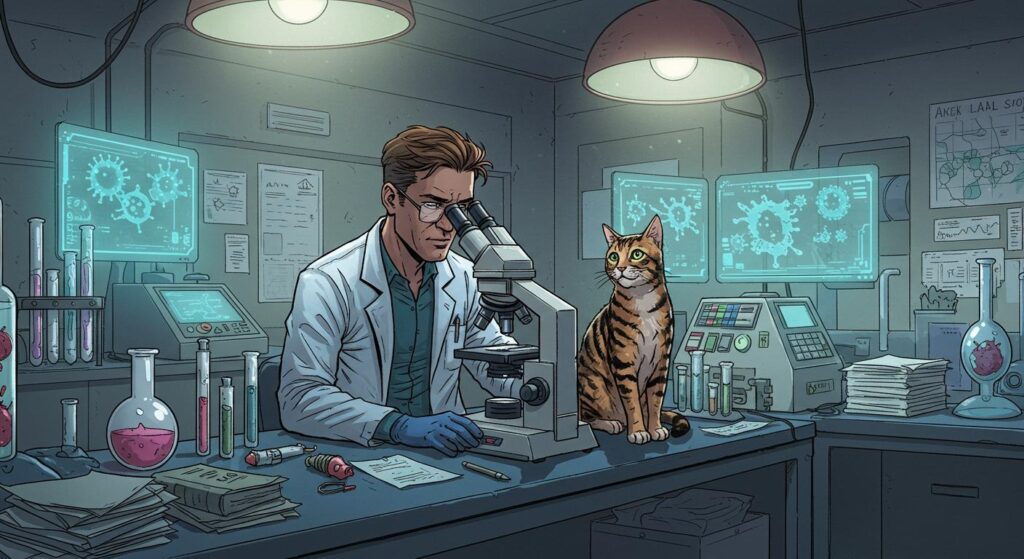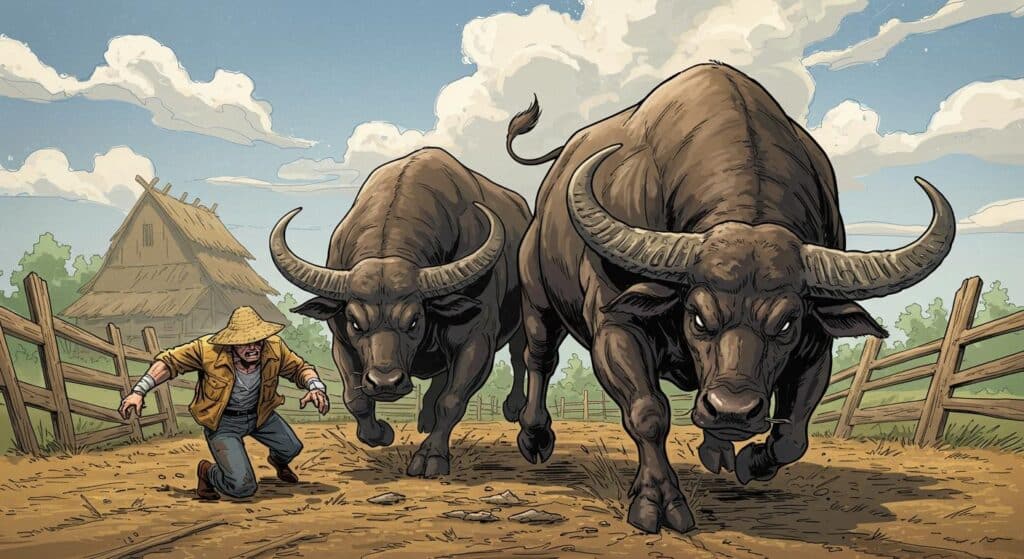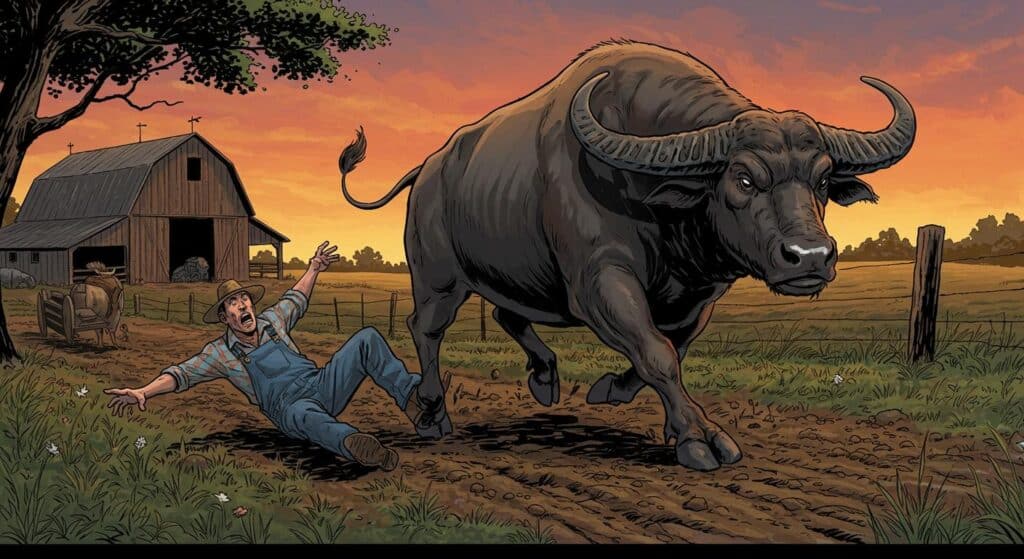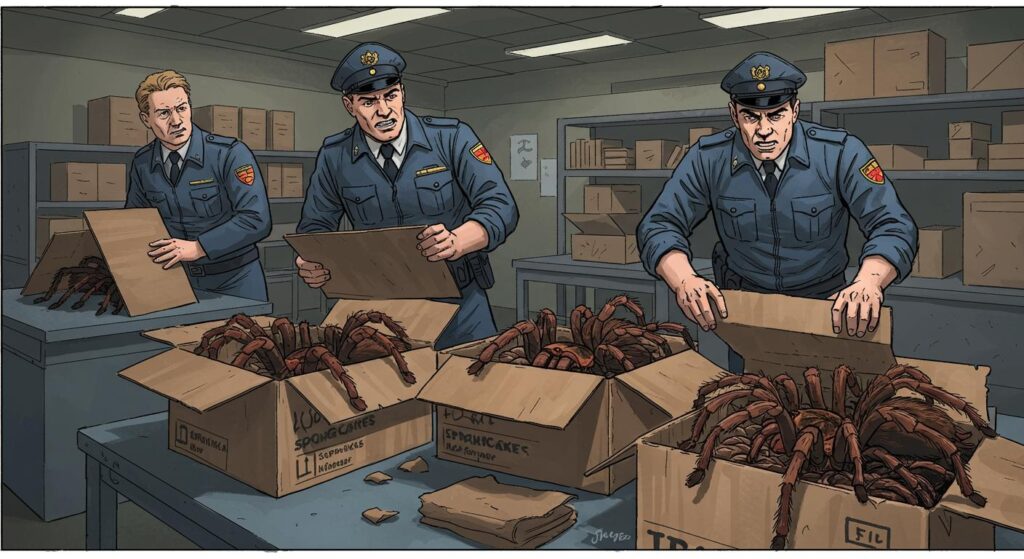In the annals of backyard wildlife encounters, raccoons are already minor celebrities—mask-wearing, opposable-thumbed agents of chaos. But even among their mischief-loving ranks, the odds of spotting an albino are, as NewsNation documents, somewhere around 1 in 750,000—almost as unlikely as lightning striking twice on your patio. For Memphis resident Gary Young, though, that statistical curiosity became a reality not once, but at least three times in a single year.
The Uninvited, Highly Uncommon Dinner Guest
Young recounted to both NewsNation and WREG his first encounter with the almost spectral critter. “My wife opened the back door here, and we had cat food out here on the back porch, and it came up and just started helping itself to the cat food,” he told WREG. The surprise cameo led to some quick camera work: Young snapped a picture as the visitor shamelessly raided the cat bowl, confirming that his eyes—and those of his more ordinary raccoon visitors—weren’t playing tricks.
According to NewsNation’s reporting, not only has the albino raccoon returned on multiple occasions, but Young’s backyard seems to have become a minor raccoon rendezvous, with five or six regulars, mother included, occasionally stopping by. The last albino sighting was about a week prior to the interview, Young shared with WREG, adding that he suspected the animal might have wandered over from the Shelby Farms area, a well-known local greenspace.
Odds, Albinism, and the Perils of Unanswered Voicemails
Wildlife experts cited by NewsNation estimate the rate of albinism in raccoons at roughly 1 in 10,000 to 1 in 20,000. That makes catching a glimpse of one, much less capturing it on film, a genuine rarity—something Young himself didn’t quite believe at first. If the odds alone weren’t enough to make this raccoon stand out, the high-contrast look certainly is, especially when surrounded by its bandit-masked peers.
After his initial surprise wore off, Young tried to report the unusual visitor to Tennessee Wildlife authorities, hoping, as both outlets note, someone might want to document or safely capture the animal. So far, he’s been met only with silence—an outcome perhaps less improbable than the raccoon itself.
A Living Anomaly in the Memphis Night
The photographic evidence, described in both reports, cements the raccoon’s status as Memphis’ own four-legged anomaly. One can imagine the scene: a ghostly white raccoon quietly joining the evening scramble for kibble, causing double-takes among more camouflaged cousins. While urban wildlife can be remarkably adaptable, albinism is—by nature’s own statistics—a rough hand to be dealt: animals with the condition often stand out to predators and may face additional health issues. And yet, as NewsNation points out, this particular individual appears to be holding its own, undeterred by either its pale coat or the neighborhood cat food supply.
There’s a peculiarity to the sight of such a surreal creature thriving in the suburbs. It’s not often that local fauna raises more questions than answers. Do the other Memphis raccoons treat their albino peer any differently? Has anyone else in the area spotted this pale interloper, or is Young simply on a never-ending streak of improbable wildlife bingo?
The Quiet Charm of the Improbable
Reflecting on the reports, the most captivating aspect isn’t just the photograph—though that certainly helps. It’s the everyday strangeness of it all. Nature has a knack for producing the statistically absurd from time to time, whether or not the bureaucracy of wildlife management is ready to answer the call (or, in this case, any call at all). For most of us, a raccoon on the porch is a Tuesday. For Gary Young, it’s a nudge from the universe that, on rare occasions, even the world’s most persistent scavengers can surprise you.
So next time the cat food vanishes in the night, it might just be another masked mammal—or perhaps, if you’re really pushing your luck, something even rarer, padding silently through the backyard fog.

